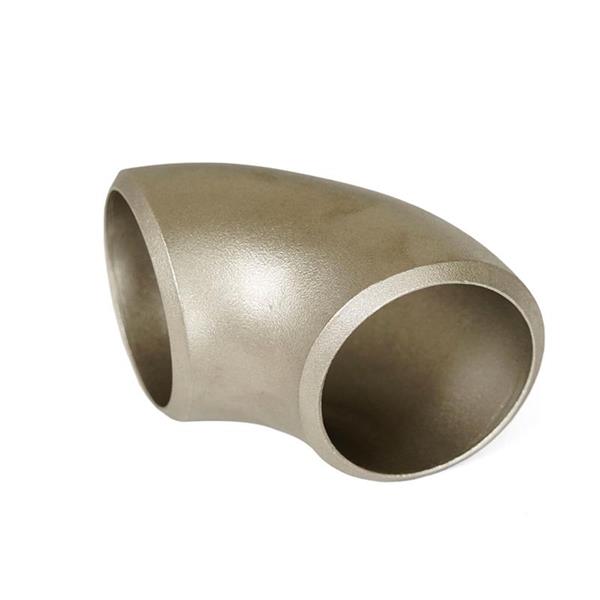In a move to enhance the quality and safety of pipe fittings used in the plumbing industry, a set of new standards has been introduced by the International Organization for Standardization (ISO). The new standards aim to address the growing demand for reliable and durable pipe fittings, ensuring that they meet the highest quality and performance requirements.
The updated standards cover a wide range of pipe fittings, including elbows, tees, couplings, and flanges, and are designed to provide clear guidelines for manufacturers, suppliers, and users. The standards outline specific requirements for materials, dimensions, testing procedures, and performance characteristics, with a focus on ensuring compatibility, reliability, and longevity.
One of the key aspects of the new standards is the emphasis on material quality and composition. Manufacturers are now required to adhere to strict guidelines for the selection of materials, ensuring that pipe fittings are resistant to corrosion, pressure, and temperature variations. This will help to minimize the risk of leaks, failures, and other potential hazards associated with substandard materials.
Furthermore, the standards include detailed specifications for dimensions and tolerances, ensuring that pipe fittings are manufactured to precise measurements and can be easily integrated into plumbing systems. This will facilitate seamless installation and reduce the likelihood of compatibility issues, ultimately improving the overall efficiency and performance of plumbing systems.
In addition to material and dimensional requirements, the new standards also introduce rigorous testing procedures to evaluate the performance of pipe fittings under various conditions. This includes pressure testing, leak testing, and mechanical testing to verify the strength, integrity, and durability of the fittings. By implementing these testing protocols, the standards aim to guarantee the reliability and safety of pipe fittings in real-world applications.
The introduction of these new standards is expected to have a significant impact on the plumbing industry, as it will provide a benchmark for quality and performance that benefits manufacturers, suppliers, and end-users alike. By adhering to these standards, stakeholders can have confidence in the reliability and longevity of pipe fittings, ultimately contributing to the overall safety and efficiency of plumbing systems.
Overall, the new standards for pipe fittings represent a positive step forward for the plumbing industry, promoting a culture of quality, reliability, and safety. As these standards become widely adopted, they are poised to elevate the industry’s standards and contribute to the advancement of plumbing technology and infrastructure.
Maria
Post time: Aug-22-2024

